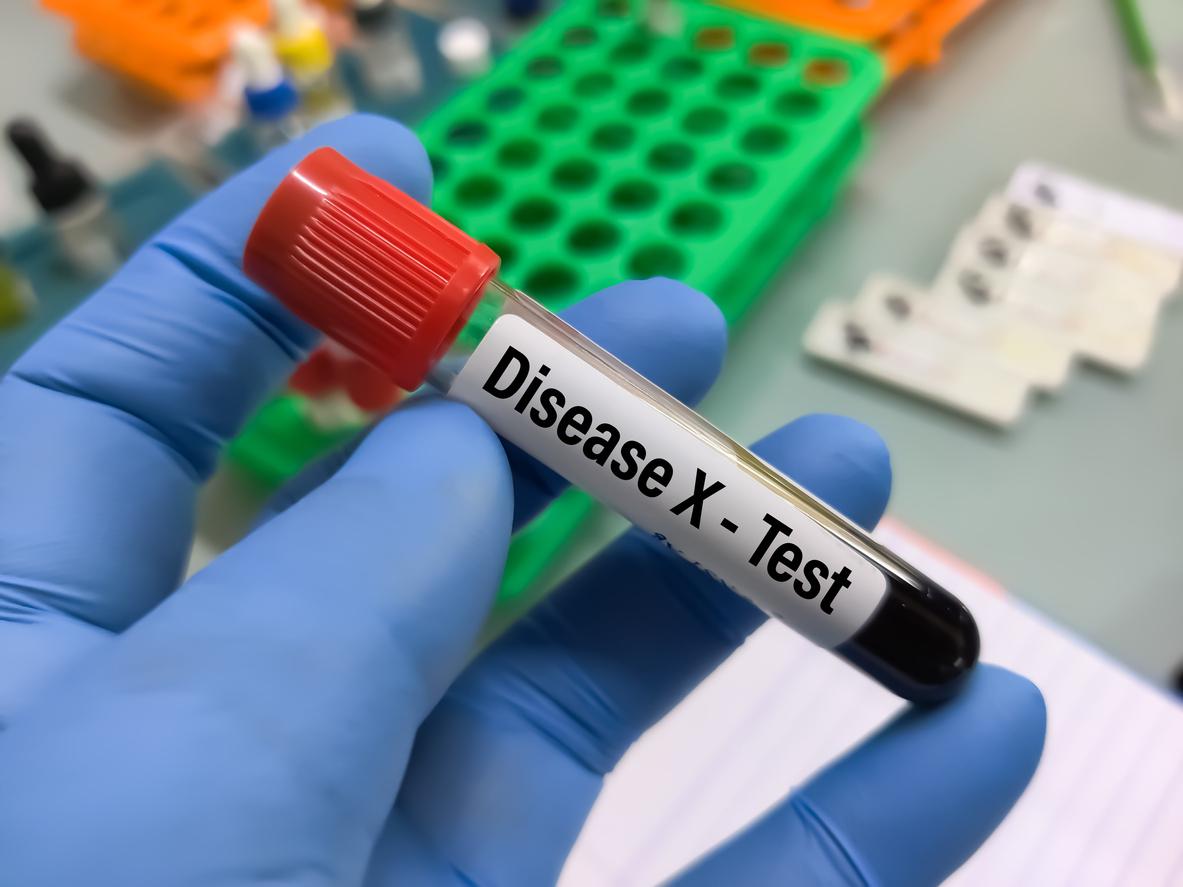In one of the episodes from the medical-series Nina, broadcast this evening on France 2, the condition of one of the hospital patients will deteriorate due to toxic shock syndrome. Far from being a fiction, this pathology recently alerted hospital doctors who were worried about the upsurge in the number of toxic shock declaration rules related. From 5 cases recorded in 2004, we have indeed increased to 19 cases in 2014, which alerted the National Reference Center for Staphylococci of the Hospices Civils de Lyon.
To better understand this phenomenon, the Center has launched a collection of samples from women who use tampons in order to advance research. Because if toxic shock syndrome remains an exceptional disease, it is not trivial. “Out of 113 cases recorded at the center, there was one death but above all 80% of the women affected had to be admitted to intensive care” explains Professor Gérard Lina, head of department at the Center hospitalier de Lyon and President of the French Society of Microbiology. The results of this research have shown that it is not the composition of the tampons that is in question but rather their misuse.
Toxic shock syndrome: what are the causes?
We are all carriers of bacteria called Staphylococcus aureus: they are part of the “normal” flora of all individuals. But when one of these vaginal staphylococci multiplies and is able to do so, it produces a toxin (TSST-1 toxin) capable of passing into the bloodstream and causing toxic shock in women. that do not have antibodies against this toxin.
Why do we question tampons?
Outside of your period, the vagina has an acidic pH, which prevents staphylococcus from multiplying there. But menstrual blood changes the pH, which becomes neutral. “With menstrual blood, staphylococcus obtains all the nutrients necessary for its multiplication. Its growth is all the more favored when the blood is blocked at the level of the vagina. by a tampon or any other intra-vaginal device such as themenstrual cup“ explains Prof. Lina.
Toxic shock syndrome: what are the symptoms?
• A sudden high fever (over 38.9 °)
• Feeling unwell with headache or very tired
• Vomitings
• Sudden diarrhea
• A rash that looks like a sunburn …
These symptoms represent an emergency. The first thing to do is to remove the tampon or menstrual cup to remove the blood and staph and replace them with a sanitary napkin. Then, you have to go to the emergency room so that the doctors can treat the infection as quickly as possible because in a few hours the toxin will diffuse in the body. To defend itself, it will promote blood supply to vital organs such as the heart and the brain at the expense of the limbs. Hence the risk of necrosis and amputation, as was the case for the Californian model Lauren Wasser.
Why an increase in the reporting of cases?
2 cases in 1999, 5 cases in 2004, 14 in 2011 and 19 in 2014: the number of reports of toxic menstrual shock is increasing. But Professor Gérard Lina does not want to be alarmist. “This may simply be an increase in ‘reported’ cases due to better knowledge of doctors. And it remains an exceptional disease because only 1% of women are carriers of Staphylococcus aureus which can be caused by the disease. origin of the infection and the vast majority of them naturally acquired antibodies against this toxin “ explains the doctor.
Read also :
Tampax will show the composition of the tampons on the packaging
Unusual: a connected tampon to detect diseases


















